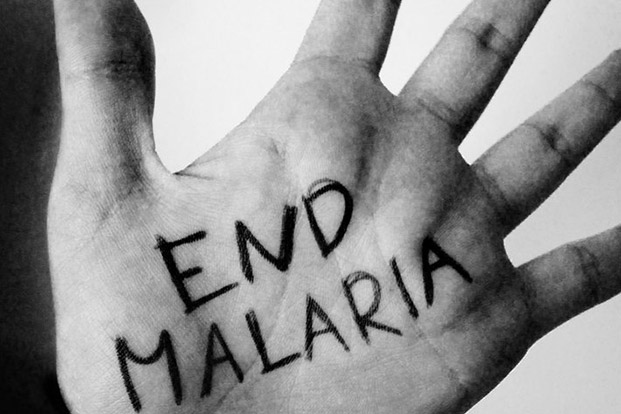Malaria: A disease humans have been fighting for ages
Apr 19, 2022
India has witnessed epidemics on malaria for ages. In 1947, there were 75 million reported cases reported malaria in a total population of 330 million. In the pre independence era, Mortality from malaria was around 1 million in a normal year and more than 2 millions in the epidemic years, which highlighted high malaria cases. Malaria mortality steeply went down with NMEP( National Malaria Eradication Programme) in 1958.
What causes it?
Malaria is a disease caused by protozoa plasmodium, and transmitted mostly by female Anopheles mosquitoes. Plasmodium has 6 subspecies, of which falciparum and vivax attribute the most.
In our clinical practice, we call Plasmodium falciparum as malignant malaria which is also associated with life threatening complications. Plasmodium vivax was better known as benign malaria previously, but with due change in ecology, treatment and pathophysiology , we are now seeing more patients with it too.Definitely, with measures taken by government and medical fraternity, the incidences of malaria have decreased markedly, but there are areas where it is still taking lives.
What happens after a Anopheles mosquito bite?
Shortly after a mosquito bite, the patient develops a prodrome. This is like any viral illness and is associated with headache, bodyache, nausea. After 7-15 days of incubation period the fever starts. This is usually hectic and is accompanied with chills, nausea, headache, vomiting and sometimes jaundice.
Severe complications like hemolysis, cerebral malaria( dimaagi malaria), seizures, renal dysfunction, fulminant hepatitis, cardiomyopathy, shock, severe acidosis can occur. These are more seen with P. falciparum or dual infection like falciparum and vivax or malaria with dengue.
How is diagnosis of Malaria done?

Diagnosis is simple by a peripheral blood smear preferably at the peak of fever. Newer tests of detecting malarial antigens are also available and help make diagnosis quicker. Choloroquine and quinine are the most common drugs used for treatment and with these drugs, the disease burden of malarial cases had decreased markedly in the past, as government has made them available at every PHC and CHC, but later on, resistance developed to these medicines. Hence the volume of cases of drug resistant Malaria has gone up. With advances in science, we are now equipped with newer and better antimalarials medicines.
In 2014, there were 1.07 million cases reported in India and among those 535 patient died. Definitely, the mortality rate has declined, but now it is high time that we aim at the eradication of this disease. The two most essential tools to do that is: preventive measures and adequate treatment.









